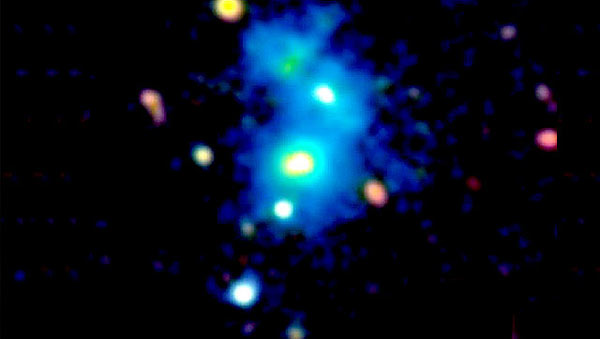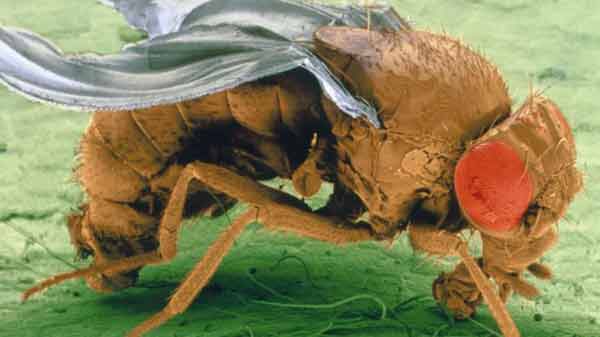Heidelberg, Germany (BBN)-A team of astronomers have, for the first time, observed four quasars- the brightest objects in the universe-in close proximity to each other.
The quasars are located in one of the farthest and ancient corners of the universe, 10.5 billion light-years away, reports The Hindustan Times.
The discovery of the four quasars has taken the scientific community by surprise since the odds of such an observation were calculated to be 1 in 10 million!
Most quasars are typically separated by a distance of several millions of light-years.
In the quartet however, the research team calculated the distance between each quasar to be around 7,00,000 light-years.The surprise didn’t end there.
The quasars were surrounded by a “cool” cloud of hydrogen gas, and every theoretical model suggested that such a cloud shouldn’t exist.
The cloud (nebula) is at a temperature of 10,000 degrees. That is considered cool by astronomical standards.
Given the environment that this quasar quartet is in, we expected the gas should be at 10 million degrees, or 1,000 times hotter,” Joseph Hennawi, whose team made the discovery, told Hindustan Times in an email.
We believe that nearly every massive galaxy – even our own Milky Way galaxy – has super-massive black holes at its centre, but the vast majority of these are dormant,” Hennawi said.
A quasar is formed when matter falls under the gravity of super-massive black holes and gets heated to extremely high temperatures.
The energy build up causes an outward explosion, sometimes in the form of a jet that streaks across space.
Despite its power, a quasar lives for a very short time compared to its host galaxy.
So, at any given time only about one out of 1,000 galaxies will have a shining quasar.
There are 100 billion galaxies in the visible universe.
Multiple quasars although rare, isn’t new. Out of nearly 5,00,000 quasars on record only about a 100 of them have been binary (two quasars). In 2007, astronomers reported the first triple quasar.
With the latest discovery, astronomers are back to the drawing board, trying to figure out what makes quasars tick.
The discovery of Hennawi and his team was published in the Science journal on May 14.

No Subscription? You Are Missing Out!
Join the business leaders of Bangladesh who rely on BBN's original reporting and in-depth analysis on business scenario of the country. We send only one daily email. No Spam Guaranteed!









